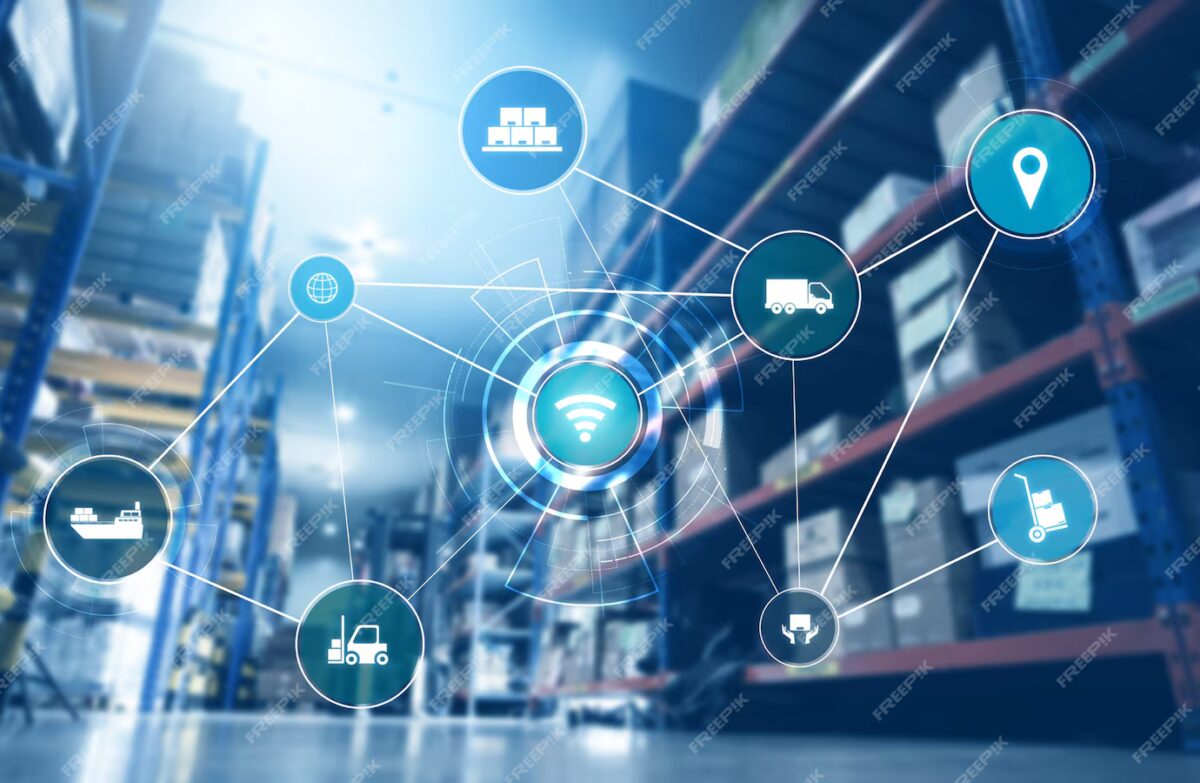Sustainability in Electronics Supply Chains: Challenges and Opportunities

I am sure you will agree that most businesses want sustainability within the electronics industry. How do we do this? Businesses that provide electronic manufacturing services (EMS) and are part of the electronics industry supply chain must discover strategies to lessen their environmental impact while remaining efficient. However, achieving this requires not only technological advancements but also a skilled workforce capable of implementing sustainable practices.
We need a mix of improved technological products and services, such as an electronics supply chain platform, compliance with government guidelines, and bringing together the key industry players. Businesses need electronics more and more, so they need to look at the environmental impact they will have as the demand increases.
Key Challenges in Achieving Sustainability
Sustainability comes with several challenges. Below are five industry-wide approaches to sustainability in electronics manufacturing.
- Resource Extraction and Material Sourcing
How do we put a stop to the mines that destroy the environment and are dependent on rare earth elements and other materials? One of the main impacts of mining is deforestation, soil degradation, and water pollution, which wipe out the livelihoods of the local people and their ecosystems. Learning how to buy and implement recycling programs to keep the environmental impact to a minimum has become all the more necessary.
- Carbon Footprint and Energy Consumption
Then there is the energy! Have you ever watched an electronics manufacturing company work? It eats up large amounts of energy, leading to high carbon emissions. Many factories still rely on fossil fuels. This is still contributing to global warming to this day. Ideally, companies should adopt energy-efficient technology and renewable energy sources to reduce their carbon footprint.
- E-waste and Product Lifecycle Management
When a computer dies or batteries go to waste, what do we do with them? Electronics generate a huge amount of waste. Electronics tend to have short life cycles. Technology changes so fast that many products become obsolete quickly. That’s where strategies like refurbishing and recycling could really help to manage waste responsibly.
- Supply Chain Complexity and Transparency
Things get really tricky when you move to the electronics supply chain. It’s complicated; it’s multi-supplier, multi-manufacturer and multi-distributor. We need to consider the ethical and environmental issues, particularly where things are not transparent. Educational programs and certifications in supply chain management can equip professionals with the skills to promote ethical sourcing and transparency.
- Cost and Economic Pressures
Then there is cost. It is a huge financial investment, especially at first, but by implementing sustainable practices, we can go green. This would be a long-term benefit to everyone involved.
Opportunities for a More Sustainable Supply Chain
So, how do we make the world a better place? Well, despite the challenges, there are several opportunities to improve sustainability:
- Circular Economy Strategies
We really need to reuse, refurbish, and recycle electronic materials. This allows us all to greatly decrease waste. Together, we can encourage customers to recycle their used devices and provide incentives for those who return old gadgets for refurbishment.
- Sustainable Material Sourcing
By teaming up with suppliers who stick to tough rules on the environment and workers’ rights, we can focus on getting tech materials that are ethically obtained and crafted from stuff that either breaks down naturally or can be reused.
- Energy Efficiency and Green Manufacturing
When we use energy-efficient machinery and energy-efficient cooling systems, we can lower carbon emissions. Training programs focused on green manufacturing can help workers develop the skills needed to operate these technologies effectively.
- Blockchain and Digital Transparency Solutions
With the use of blockchain technology, we can keep everything running smoothly with real-time updates and simplified workflows, with the ability to track materials from sourcing to final production, improving accountability.
- Regulatory and Industry Collaboration
But it has to be a standard sustainability practice. We must partner with regulatory bodies in creating these standardised sustainability practices. Industry partnerships can not only drive large-scale sustainable change, but they can also help mitigate emissions from a corporation’s entire supply chain. We should consider government incentives for green manufacturing. This could push companies to embrace sustainable practices more rapidly. Collaboration with educational institutions can ensure that curricula reflect the latest sustainability standards, preparing a future-ready workforce.
In Conclusion
In the electronics supply chain category, we need to examine sustainability a bit more closely. It poses both challenges and opportunities. By integrating sustainability into educational frameworks and skills development, companies can enhance transparency, efficiency, and environmental responsibility across the supply chain.
A circular economy model, sourcing materials better, and digital solutions to enhance the life of a product are a few things businesses can do to re-set their environmental impact further. By pursuing innovative and responsible efforts, the sector may prioritise long-term sustainability without losing revenue.










